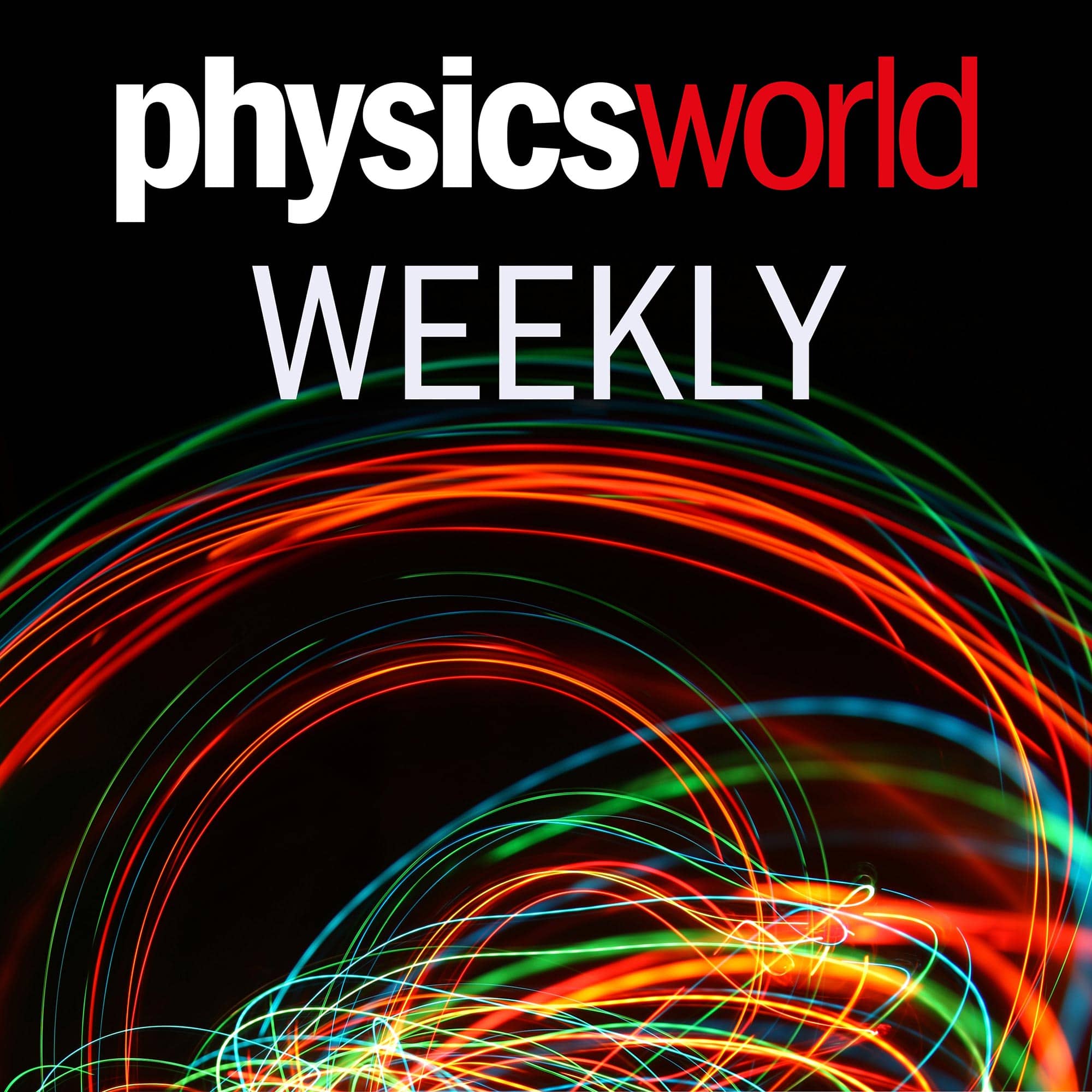

…
Physics World Weekly Podcast
Physics World Weekly offers a unique insight into the latest news, breakthroughs and innovations from the global scientific community. Our award-winning journalists reveal what has captured their imaginations about the stories in the news this week, which might span anything from quantum physics and astronomy through to materials science, environmental research and policy, and biomedical science and technology. Find out more about the stories in this podcast by visiting the Physics World website. If you enjoy what you hear, then also check out our monthly podcast Physics World Stories, which takes a more in-depth look at a specific theme.
Physics World Weekly offers a unique insight into the latest news, breakthroughs and innovations from the global scientific community. Our award-winning journalists reveal what has captured their imaginations about the stories in the news this week, which might span anything from quantum physics and astronomy through to materials science, environmental research and policy, and biomedical science and technology. Find out more about the stories in this podcast by visiting the Physics World website. If you enjoy what you hear, then also check out our monthly podcast Physics World Stories, which takes a more in-depth look at a specific theme.
Progress
Duration
Release Date